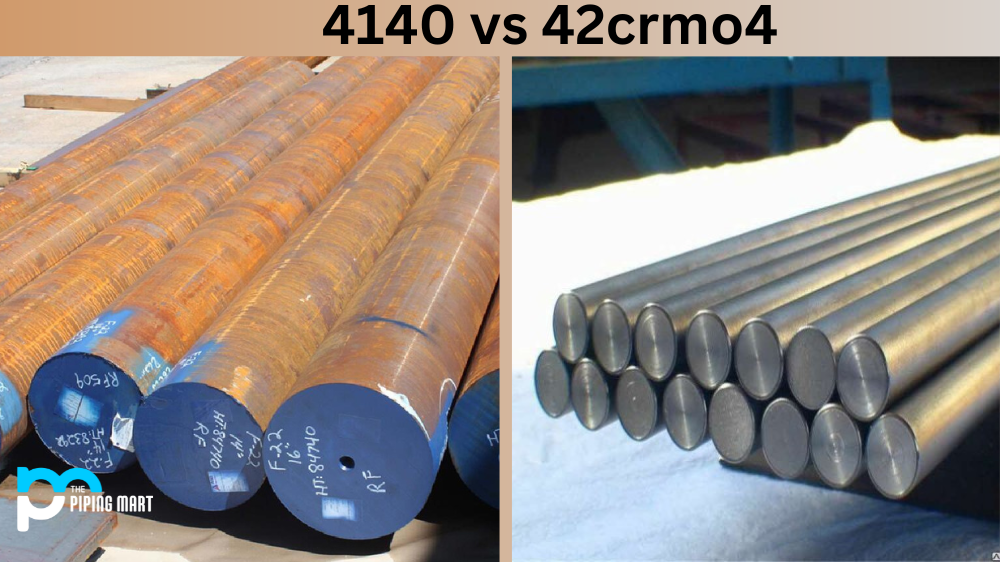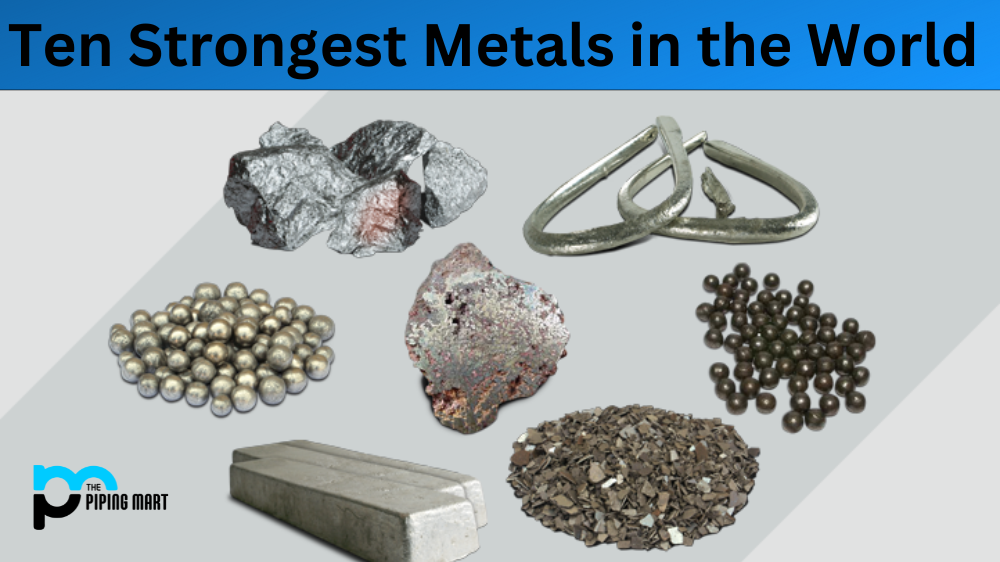Welding galvanized steel to mild steel can be a hazardous process if proper safety precautions are not taken. Galvanized steel is made up of a thin layer of zinc coating, which makes it more durable than mild steel. If this layer of zinc is exposed to the heat generated during welding, toxic fumes are released into the air and can cause serious health problems for anyone in the vicinity. In this blog post, we will discuss how to safely weld galvanized steel to mild steel.
Steps For Safely Welding Galvanized Steel To Mild Steel
Wear Proper Safety Gear –
Before beginning any welding project, it’s important to ensure that you have all the necessary safety gear on hand. This includes protective eyewear, gloves, and a respirator mask or face shield. It’s also important to wear long-sleeved clothing and shoes with non-slip soles for added protection from sparks and splatter.
Preheat the Metal –
Preheating metal before welding is essential when joining galvanized and mild steels together as it reduces warping and prevents the zinc coating from vaporizing during welding. Heat both pieces of metal until they reach a temperature of roughly 400°F (204°C). This will reduce the risk of emitting toxic fumes during welding and make it easier for you to control your weld pool size and shape.
Use Low Amperage –
When welding galvanized steel and mild steel together, it’s important to use low amperage settings on your welder so that you don’t overheat either piece of metal. A lower amperage setting will also help prevent warping from occurring due to too much heat being applied at once. Generally speaking, an amperage setting between 50-90 amps should be sufficient for most projects involving these two types of metal.
Clean Off Excess Zinc –
After completing your weld, inspect both pieces of metal for any excess zinc that may have been left behind from vaporization during welding processes or from grinding operations used prior to welding. If any excess zinc is present on either piece of metal, clean it off with a wire brush or grinder before proceeding with any additional work on your project, as doing so will help reduce potential health risks associated with zinc inhalation due to its toxicity when heated or burned off in high concentrations in an enclosed space such as a garage or shop environment.
Conclusion:
Welding galvanized steel to mild steel can be dangerous if not done properly due to the release of toxic fumes when exposed to heat during welding processes; however, taking proper safety precautions before starting your project will help keep you safe while ensuring that your welds are strong and reliable when finished! Always remember to wear appropriate safety gear at all times when working with molten metals such as those found in galvanized steel and mild steels, preheat both pieces of metal prior to beginning your weld, use lower amperage settings than normal on your welder in order to avoid overheating either piece of material being worked on, and make sure that all excess zinc has been removed from each piece after completion so as not expose yourself or others nearby while working in an enclosed space such as a garage or shop environment! With these tips in mind, you should have no problem safely joining these two metals together without issue! Happy Welding!

Pipingmart is a B2B portal that specializes in metal, industrial and piping items. Additionally, we share the latest information and information about materials, products and various types of grades to assist businesses that are involved in this business.




